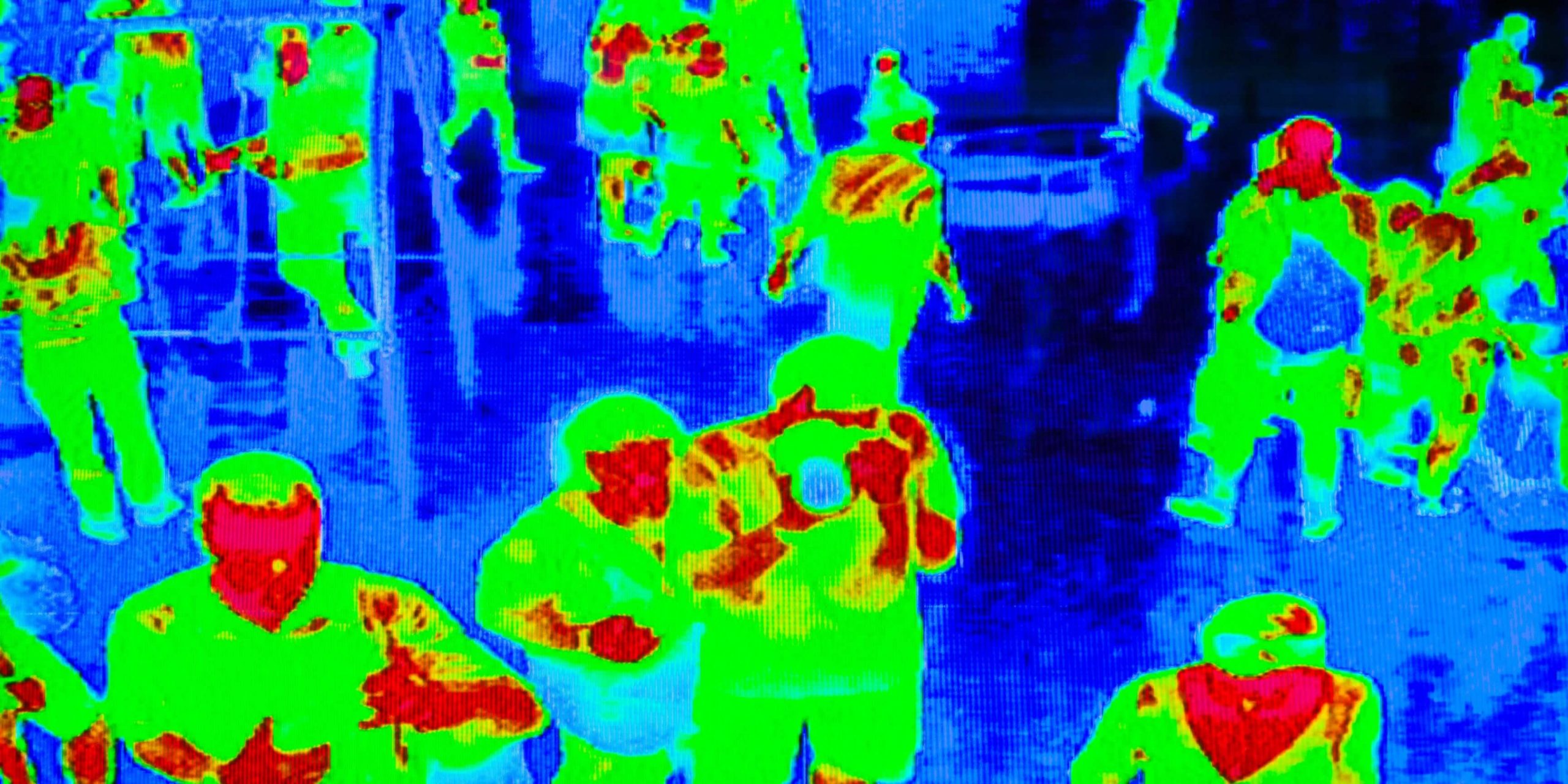In the evolving landscape of security systems, business and property owners can now enhance protection with advanced solutions. Among these, video security holds a critical place, capable of deterring up to 60% of potential intruders. The right choice between infrared and thermal cameras depends on specific needs.
Thermal vs. Infrared Cameras: Explained
Though often confused, thermal and infrared cameras have distinct functions. Thermal cameras, a subset of infrared technology, translate heat differences into images. In contrast, infrared cameras capture infrared radiation, providing visibility in low light without thermal imaging capabilities.
How Infrared Cameras Work
Infrared (IR) cameras detect and visualize infrared radiation from objects, using Focal Plane Array (FPA) sensors. These cameras illuminate scenes undetectable to the naked eye, revealing hidden details even in complete darkness.
How Thermal Cameras Work
Thermal cameras, equipped with microbolometer sensors, convert heat signatures into visual images. They excel in darkness, showing the temperature differences of objects, making them invaluable for surveillance and detecting hidden objects or people.
Key Differences Highlighted
- Visualization: Thermal cameras excel in identifying heat signatures over long distances, ideal for perimeter security. Infrared cameras are better for detailed images in low-light conditions.
- Image Quality: While both types offer various resolutions, infrared provides clearer images in dark conditions, and thermal highlights temperature differences, useful for detecting issues invisible to the naked eye.
- Spectrum of Operation: Thermal cameras operate in the long-wave infrared spectrum, detecting temperature variations. Infrared cameras work across broader wavelengths, capturing more detailed visual information.
- Cost: Generally, thermal cameras are pricier due to their specialized sensors and imaging capabilities.
Use Cases for Each Camera Type
- Thermal Cameras: Ideal for building inspections, industrial maintenance, property surveillance, and areas where privacy is a concern. They detect heat loss, overheating equipment, and intruders in challenging visibility conditions.
- Infrared Cameras: Perfect for night vision, detailed threat detection, vehicle identification, and HVAC monitoring. They provide detailed images in low light, enhancing security and facility management.
Making the Right Choice
The decision between thermal and infrared cameras hinges on your specific security needs. If your goal is to detect presence and monitor for safety without needing detailed visuals, thermal cameras are suitable. However, for detailed surveillance and identification, particularly in low-light conditions, infrared cameras are the better option.
Maxxess Systems’ eFusion software seamlessly integrates with both infrared and thermal cameras, providing a comprehensive security solution tailored to your property’s needs. This guide aims to equip you with the knowledge to choose the most fitting technology for enhancing your security systems.

